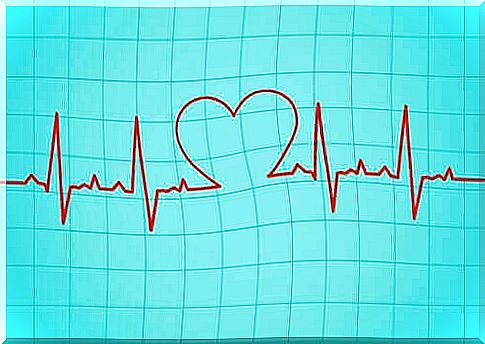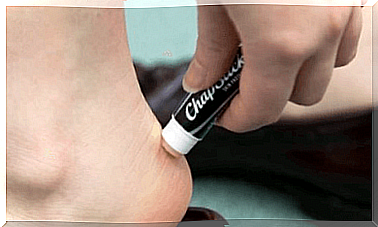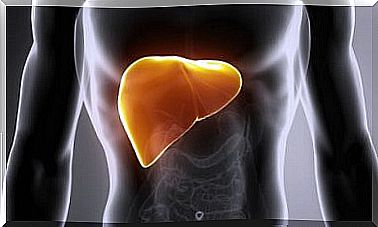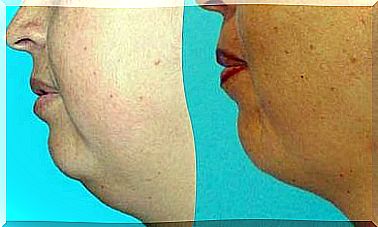Heart Rate: What Is It And How Is It Measured?

The heart rate is the number of heart contractions or beats per unit of time. It is absorbed under clearly defined physiological conditions and is expressed in beats per minute (beats/minute).
The rate of your heart rate depends on many factors, such as physical activity, threats to your safety, and individual emotional responses. As you can imagine, your heart rate is very different in a traffic accident or when you are in bed. If you want to learn more about this vital signal, read on.
What is a heartbeat?
According to the American Heart Association , your heart rate is the number of times your heart beats per minute. This tireless organ pumps 70 milliliters of blood through the body per heartbeat, about 5 liters in 60 seconds. To do this, your muscles must rhythmically contract and relax.
On a physical level, it is cyclical. This means that the phases are always repeated. While a normal heart rate will not make you disease-free, it is a useful parameter to identify a wide variety of conditions.
According to the World Health Organization (WHO), ischemic heart disease is the world’s leading cause of death in high-income countries, far ahead of cancer and other types of diseases.
It accounts for 47% of all deaths and about 647,000 Americans die from it every year in the United States. There is no doubt that attention to the heart can save lives!

How do you measure the heart rate?
The United States National Library of Medicine shows us the most effective ways to measure heart rate. In general, you can measure your heart rate in places where the arteries are close to the skin.
Some useful places for this are your wrist, the top of your foot, your temple, neck and groin. The most common place to check your heart rate at home is your wrist. To do this, you need to perform the following steps:
- Gently press the inside of your wrist with the bottom of your index and middle fingers. You will notice the radial artery under your skin, which runs through the radial canal.
- Place your fingers about an inch below the crease of the wrist, between the bone sticking out and the tendon on the inside.
- As soon as you feel the first heartbeat, start counting, for 60 seconds, with a stopwatch. You can also count the strokes in 30 seconds and then multiply the number by 2, but errors can occur with this method.
If you don’t want to do it manually, don’t worry. Many devices that measure your blood pressure (such as a wrist monitor) also display the heart rate on the digital screen. Using these devices is easy and it doesn’t take more than a few minutes to get the results.
What is a normal heart rate?
Perhaps you are here to find the answer to this question. Each person’s individual heart rate depends on several factors, but we’ll show you the normal results in 2 very specific situations: at rest and during exercise.
Frequency at rest
According to the American Heart Association, at rest, your heart pumps the minimum amount of blood it needs because you’re not moving. When you are relaxed, the average heart rate is between 60 and 100 beats per minute.
However, a rate of less than 60 beats per minute is not always a sign of illness. For example, patients taking beta-blockers have a lower frequency. They are mainly prescribed for cardiac arrhythmias and to protect the heart after a heart attack.
On the other hand, someone who moves a lot can also have a heart rate that is lower than 60. This is because the heart muscle is in good condition and does not have to work as hard to maintain a stable heart rate. Well-trained adults or professional athletes can even have a resting heart rate of 40-60 beats/min.
The normal resting rate varies widely depending on the age of the patient. Here is a list of the expected values based on age:
- Neonates 0 to 1 month: 70-190 beats/min.
- Babies from 1 to 11 months: 80-160 beats/min.
- Children from 1 to 2 years: 80-130 beats/min.
- Children from 3 to 4 years: 80-120 beats/min.
- Age from 5 to 6 years: 75-115 beats/min.
- Children from 7 to 9 years: 70-110 beats/min.
- Adults: 60-100 beats/min.
Children have higher heart rates because their hearts are not yet fully developed. Myocytes (heart cells) are smaller and disorganized in them. Therefore, they shrink less. In order to pump the required amount of blood, the heart has to beat several times.
Frequency during exercise
During physical activity, your heart should beat faster. Muscles need more nutrients and oxygen because they expend energy, so more blood has to reach the cells in the same amount of time. Therefore, it is normal for your heart rate to be around 150-200 beats per minute during exercise.
What Factors Can Affect Your Heart Rate?
Many factors can affect your heart rate, in addition to exercise and rest. Some of the sources we mentioned above show us some parameters that can cause a healthy person’s heart rate to be abnormal.
1. The temperature
On average, at a room temperature between 20 and 25 degrees, the heart rate can increase between 2 and 4 beats per minute. If the temperature is between 25 and 27 degrees, the frequency can increase by 10 beats per minute.
2. Position
Whether you’re sitting or standing, your heart rate is usually the same. However, if you measure your heart rate immediately when you sit down after an activity, it may be slightly higher than normal. Therefore, it is best to wait a few minutes before taking this measurement.
3. Emotions
Anxiety, stress and other emotions can increase your heart rate. Tachycardia can occur when your heart rate reaches a rate of 130-140 beats/minute. Psychological help and teaching relaxation techniques are usually the best tools for dealing with these situations.
4. Weight

Weight does not affect heart rate. However, if the patient has a very high body mass index, the resting heart rate may be higher than in people of a good weight. In obese people, the heart has to work harder to keep blood flowing throughout the body.
5. Medication
As we mentioned before, beta blockers slow the heart rate in patients with fragile hearts. On the other hand, taking thyroid medications can actually increase the pace.
Check your own wrist
As you can see, your heart rate is an extremely important parameter that provides a lot of information about a patient’s immediate health status. However, the number of beats per minute does not necessarily mean that you do not have a disease or condition.
In any case, we recommend that you go to the doctor if you notice that your heart rate is much higher or lower than normal. While it may be in your head, it’s best to get it checked out.









